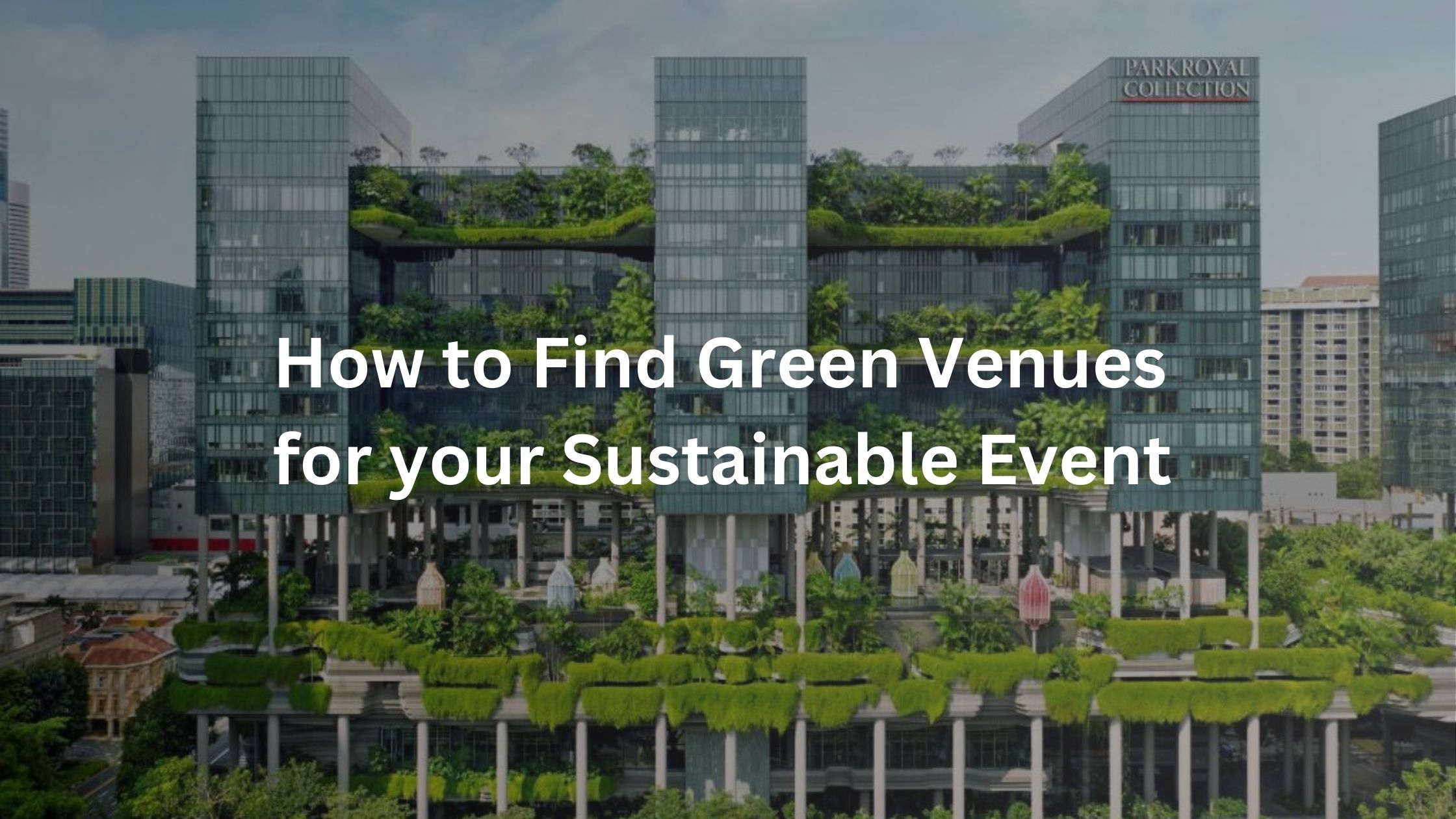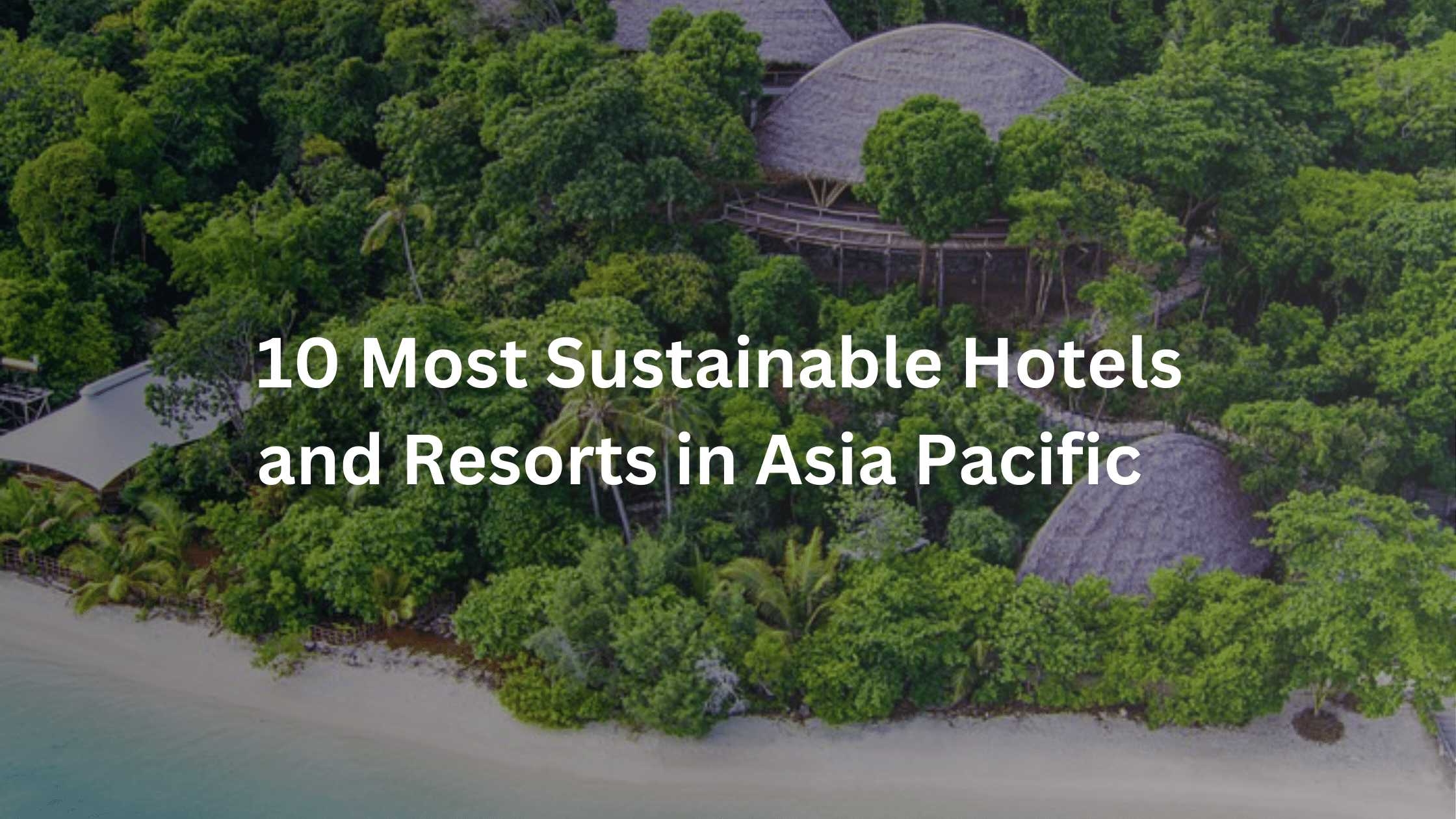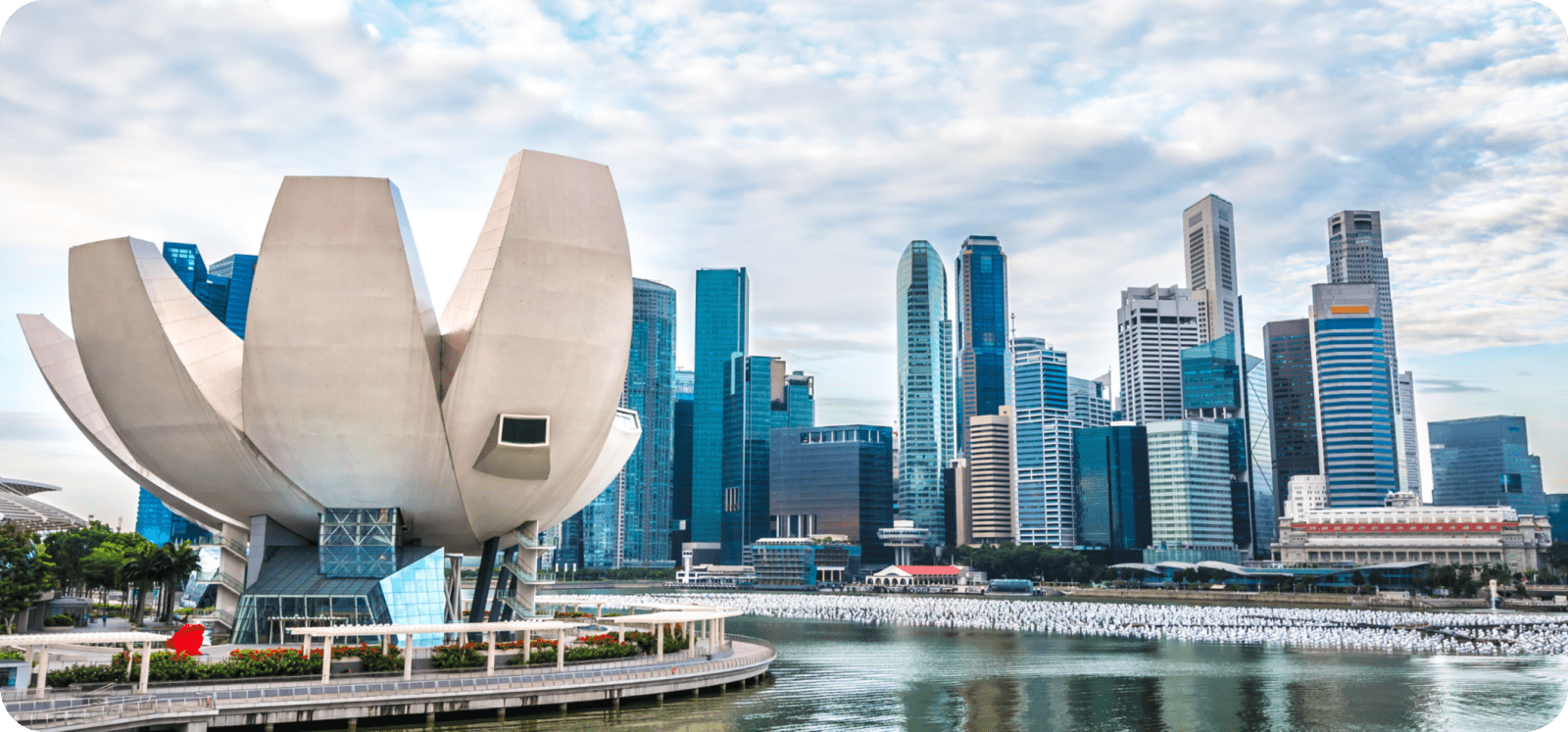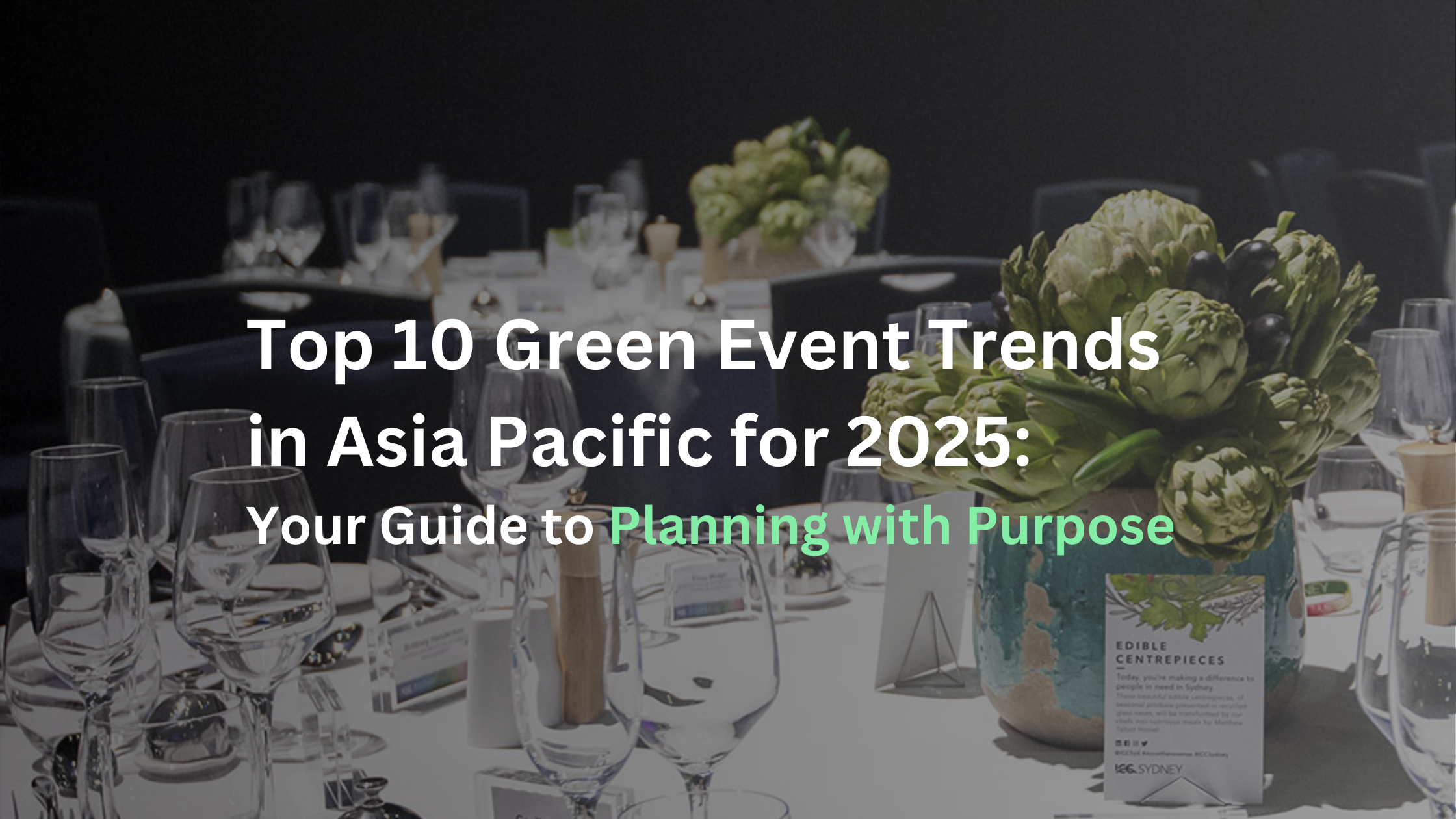
Top Green Event Trends in Asia Pacific for 2025
How to create sustainable events that drive impact
Sustainability isn’t a trend — it’s a transformation. Whether you’re hosting a major conference in Sydney or an inspiring incentive in Bali, embedding green practices into your event strategy is critical to making a real impact.
And the Asia Pacific region isn’t just following global trends — it’s setting the pace with bold, purpose-led innovation. From carbon-neutral venues to eco-conscious catering, the region is becoming a global leader in sustainable event design.
If you’re ready to create an event that drives positive change and leaves a lasting legacy, here’s a look at the top green event trends shaping Asia Pacific in 2025 — and how you can bring them to life.
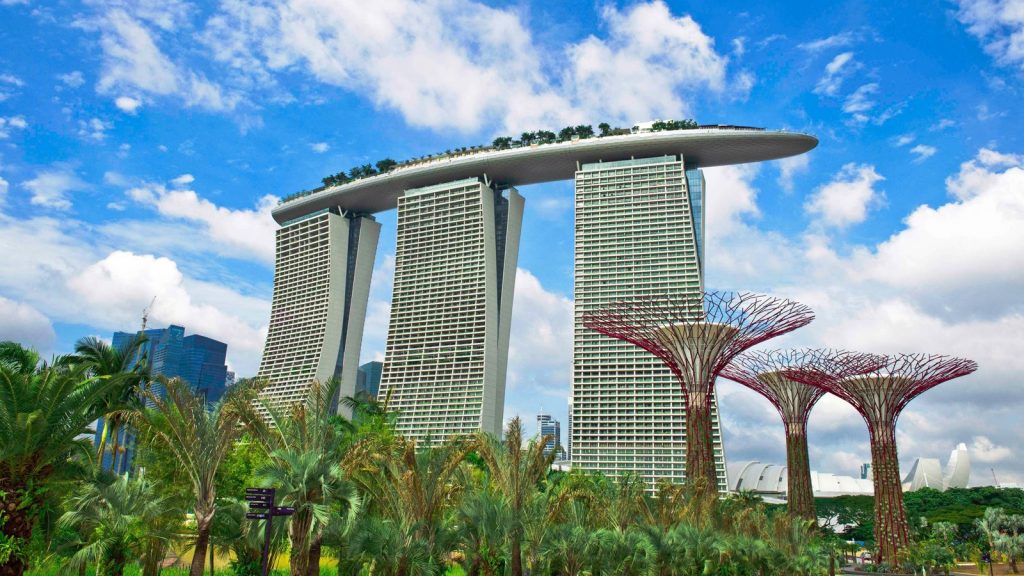
Green Event Venues: Sustainable Venue Selection
At On Purpose, we believe your venue is more than a backdrop — it’s a statement. Choosing a certified green venue signals what your event stands for: impact, innovation, and integrity.
Venues with green certifications and eco-friendly design features like energy-efficient lighting, renewable energy, and waste reduction systems are key. Look for spaces that prioritise energy efficiency, waste management, and sustainability in their operations.
For large events, venues like ICC Sydney, Marina Bay Sands, and Kuala Lumpur Convention Centre lead by example with solar-powered facilities, zero-plastic initiatives, and green operations.
Tip: Ask your venue to walk you through their sustainability initiatives — from what powers their stage lights to how they manage food waste behind the scenes — to ensure their commitment to sustainable event planning.
Eco-Conscious Catering: Serve with Purpose
Sustainable catering isn’t just about what’s on the plate — it’s about where it’s from, how it’s made, and what it leaves behind. Planners are increasingly opting for locally sourced, seasonal produce to reduce food miles and support regional agriculture, and the Asia Pacific region has so many beautiful options to choose from.
Sustainable catering goes beyond plant-based meals — it includes reducing packaging waste and working with caterers who prioritise composting and recycling.
From fresh tropical fruits in Thailand to seasonal harvests in Melbourne, your menu can be a reflection of place and purpose.
Tip: Offer a range of healthy bento boxes pre-selected during registration to reduce food waste and give guests more variety with portion control.
Sustainable Event Technologies: Embrace Innovation
Technology is no longer just about production value — it’s about impact. The rise of sustainable event technology is making it easier for planners to reduce their environmental impact. Many venues are now equipped with energy-monitoring systems, solar power, and LED lighting, while event technologies such as virtual platforms and hybrid solutions are becoming increasingly common.
These technologies help reduce the need for large physical setups, printed materials, and travel.
Tip: Check if your venue or AV provider uses smart energy systems or offers hybrid-ready packages to reduce both environmental impact and production costs.
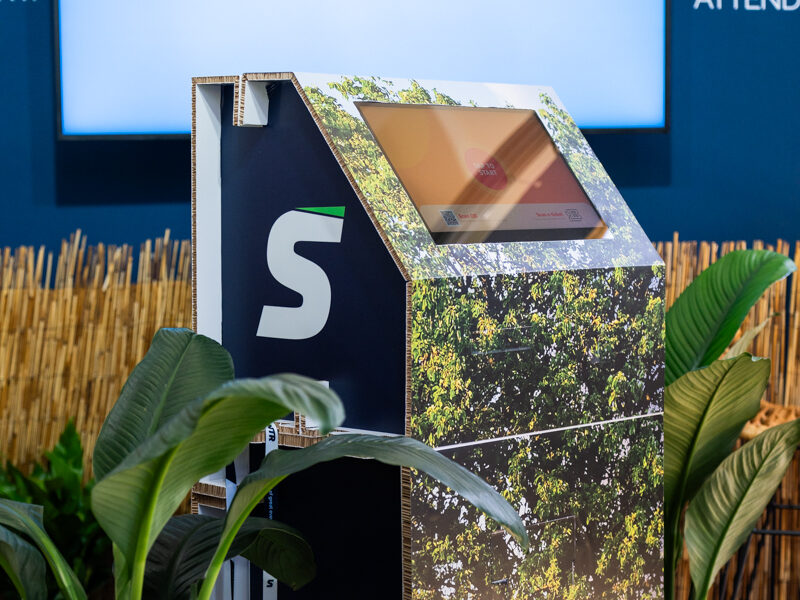
Waste Management: Reduce Waste and Promote Recycling
Waste is one of the biggest event pain points — but it’s also one of the biggest opportunities. From composting stations to closed-loop packaging, Asia Pacific venues are leading a new wave of responsible waste management, with venues integrating waste sorting systems, composting stations, and clear signage to make sustainable choices easier for guests and staff alike.
Effective waste management is one of the biggest challenges in event sustainability. Across Asia Pacific, many cities are stepping up efforts to reduce waste, with venues integrating waste sorting systems, composting stations, and clear signage.
Planners are expected to go beyond basic recycling and incorporate zero-waste strategies from the beginning, such as reusable serviceware, digital ticketing, and eco-friendly packaging.
Tip: Repurpose old materials into creative event elements like signage made from reclaimed wood or upcycled fabrics. Not only does this reduce waste, but it also adds a personal touch to your event.
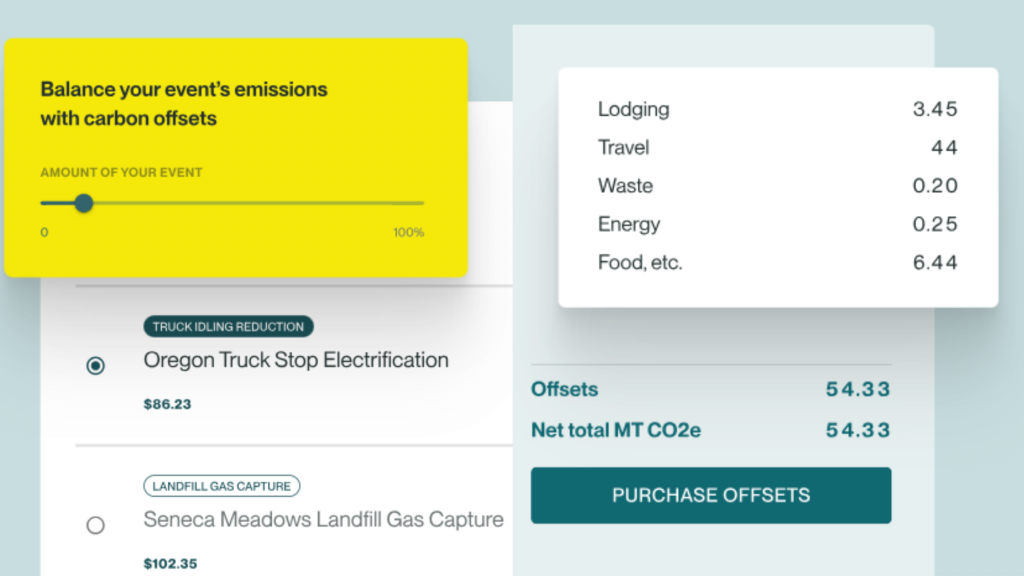
Carbon-Neutral Events: Achieving Zero Emissions
Carbon-neutral events are increasingly achievable, thanks to advances in carbon calculators, verified offset programmes, and smarter event infrastructure. Across Asia Pacific, event planners are now able to track emissions and invest in local offset programmes — such as reforestation in Southeast Asia or renewable energy in Australia.
Tip: Partner with a carbon offset provider who focuses on transparency and local action. This ensures that your offsets are directly supporting local climate-positive initiatives.
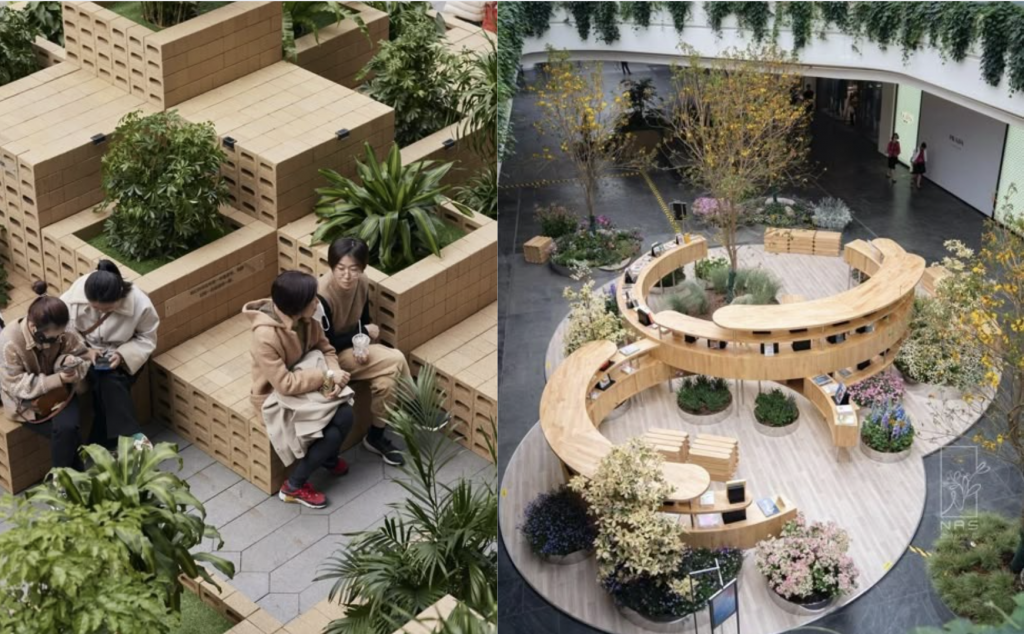
Sustainable Event Design: Eco-Friendly Décor and Customisation
Event design is evolving to focus on eco-friendly, minimal, and reusable elements. Sustainable event design means ditching one-time-use items in favor of reusable or biodegradable options. Think fabric signage, compostable tableware, and greenery-based installations.
Natural materials such as potted plants and fresh foliage are being used to reduce environmental impact while still creating visually stunning spaces. We’re seeing a shift away from disposable decor and toward thoughtful, modular setups — like reusable centrepieces, living plants, and reclaimed timber stages. Style and sustainability can absolutely co-exist.
Tip: Rent décor instead of purchasing it. This reduces waste, saves on storage, and still allows you to achieve a high-end look for your event.
Nature-Inspired Mindfulness Spaces
Sustainable events are not just about reducing environmental impact — they’re also about enhancing attendee wellbeing. Mindfulness spaces inspired by nature allow guests to decompress, connect, and refocus.
These spaces can include yoga mats under shaded trees, herbal tea stations, and quiet corners surrounded by plants or water features.
Tip: Use locally sourced materials like bamboo, recycled textiles, and native plants for these wellness spaces. Keep the areas tech-free to encourage guests to truly unwind and reset.
Digitalisation for Sustainability
Digital event tools are helping us streamline, engage, and track — without the waste. QR codes, app-based agendas, and digital feedback tools are now the norm. Not only does digitalisation help reduce waste, but it also streamlines event planning and provides valuable data for future event improvements.
Tip: Use QR codes thoughtfully throughout your event — from digital signage and menus to check-ins and feedback forms. Create moments of meaningful interaction, like letting attendees submit live questions during panels or vote in real-time, all while reducing reliance on printed materials.
Eco-Friendly Event Travel: Reimagine the Journey
Travel remains one of the most carbon-intensive aspects of event planning. Encourage attendees to use eco-friendly travel options, such as public transport, carpooling, or electric vehicles. This helps reduce the overall carbon emissions of an event while still ensuring that attendees can easily get to and from the venue.
Tip: Set up carpooling groups for your attendees or offer subsidised public transport tickets to help reduce travel emissions.
Certifications & The Future of Sustainable Events
Verified certifications — such as ISO 14001 or LEED — help cut through greenwashing and spotlight the venues and suppliers doing the real work. As sustainability expectations rise, tools like these, along with smarter tech, circular practices, and hybrid-ready formats, will shape what progress looks like in the events space.
Moving forward, we can expect even more digital tools, zero-waste strategies, and hybrid formats to play a significant role in shaping the future of sustainable events.
Tip: Always ask your suppliers for their green credentials. Keep updated on new certifications and sustainable technologies to stay ahead in the green event planning game.
Need help planning your next sustainable event?
Whether you’re in the early stages of event planning or ready to scale up your sustainability efforts, we’re here to guide you through it and take care of every last detail — without compromise, and always On Purpose.
Recap: Planning Sustainable Events in Asia Pacific for 2025
✅ Choose purpose-led, certified venues
✅ Go local and low-waste with catering
✅ Use smart, sustainable technology
✅ Design out waste — from materials to menus
✅ Incorporate wellness and mindfulness zones
✅ Offer low-emissions travel options
✅ Track, offset, and verify your footprint
✅ Work with the right partner for sustainable event success
